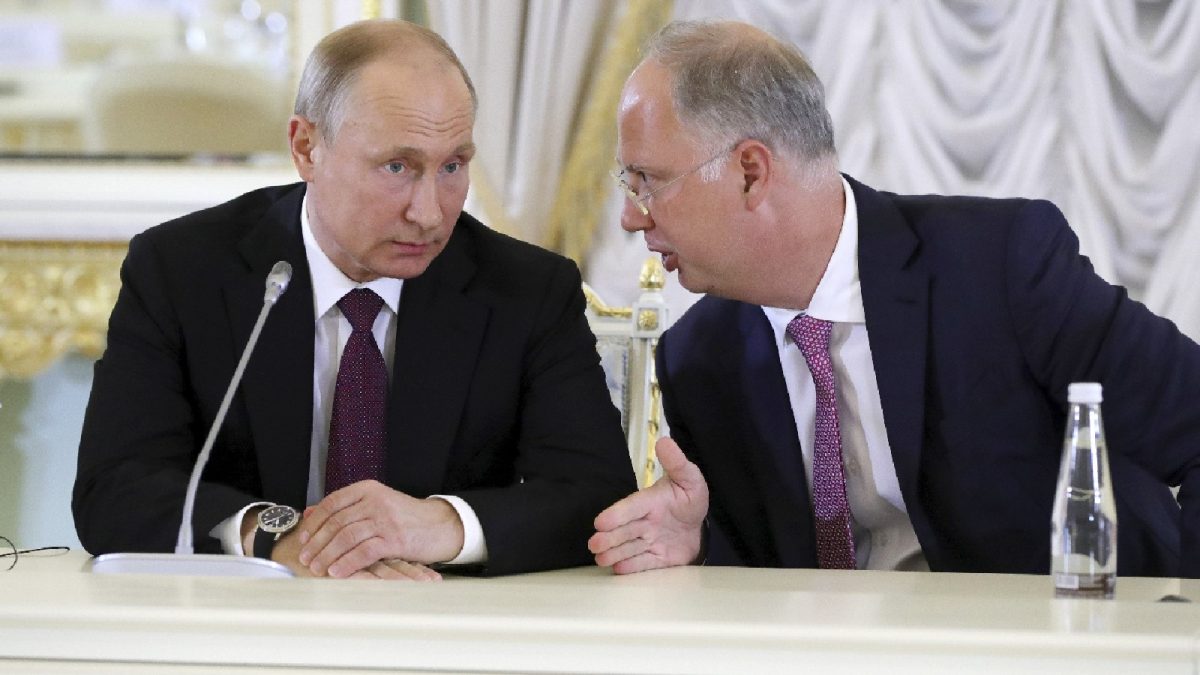ARTICLE AD BOX
The Enforcement Directorate (ED) has provisionally attached more than 42 properties worth over `3,083 crore linked to industrialist Anil Ambani as it investigates a money laundering case involving companies of the Reliance Anil Dhirubhai Ambani Group.
The seized assets — office premises, residential units and land parcels — include Ambani’s house in Mumbai’s Pali Hill, the Reliance Centre in Delhi, and properties in Delhi, Noida, Ghaziabad, Mumbai, Pune, Thane, Hyderabad, Chennai, Kancheepuram and East Godavari district of Andhra Pradesh.
The action came after the agency issued orders on October 31 under the Prevention of Money Laundering Act (PMLA).
Thirty of the properties belonged to Reliance Infrastructure Ltd, five to Adhar Property Consultancy Pvt Ltd, four of Mohanbir Hi-tech Build Pvt Ltd, and one each to property each of Gamesa Investment Management Private Limited, Vihaan43 Realty Private Limited (earlier known as M/s Kunjbihari Developers Private Limited) and property of Campion Properties Limited attached,” an ED statement said.
The agency said that so far it has detected “fraudulent” diversion of public money by various Reliance Anil Ambani group companies, including Reliance Communications Ltd (RCOM), Reliance Home Finance Ltd (RHFL), Reliance Commercial Finance Ltd (RCFL), Reliance Infrastructure Ltd (R-Infra) and Reliance Power Ltd.
In a statement, Reliance Infrastructure said: “We wish to inform that certain assets of the Company have been provisionally attached by ED for the alleged violations under PMLA. There is no impact on the business operations, shareholders, employees or any other stakeholders of Reliance Infrastructure Limited. Anil D Ambani is not on the Board of Reliance Infrastructure Limited for more than 3.5 years.”
The ED statement, meanwhile, said a separate search was carried out by the agency under the Foreign Exchange Management Act (FEMA) against R-Infra and it was found that Rs 40 crore was “siphoned” from the Jaipur-Reengus highway project. “Funds moved through Surat-based shell companies to Dubai. The trail has unearthed a wider international hawala network exceeding Rs 600 crore,” it said.
Story continues below this ad
The agency alleged that around 2010-12 onwards, RCOM and its group companies raised thousands of crores from Indian banks, of which Rs 19,694 crore remains outstanding. These assets turned into non-performing assets (NPA), with five banks declaring RCOM’s loan accounts as fraud, it said.
“Loans taken by one entity from one bank were utilised for repayment of loans taken by other entities from other banks, transfer to related parties, and investments in mutual funds, which was in contravention of the terms and conditions of the sanction letter of the loans. In particular, RCOM and its group companies diverted over Rs 13,600 crore used in evergreening loans, over Rs 12,600 crore was diverted to connected parties and over Rs 1,800 crore was invested in fixed deposits and mutual funds, etc which was substantially liquidated for rerouting to group entities,” it said.
The agency alleged certain loans were “siphoned off” outside India through foreign outward remittances.
It said that during 2017-2019, Yes Bank invested Rs 2,965 crore in RHFL instruments and Rs 2,045 crore in RCFL instruments. By December 2019, these became non-performing investments, it said.
Story continues below this ad
The outstanding was Rs 1,353.50 crore for RHFL and Rs 1,984 crore for RCFL. The agency added that RHFL and RCFL received public funds of more than Rs 10,000 crore and a large amount of this fund came from Yes Bank.
“Before Yes Bank invested this money in Reliance Anil Ambani group companies, it received huge funds from the erstwhile Reliance Nippon Mutual Fund. As per SEBI regulations, Reliance Nippon Mutual Fund could not invest/divert funds directly in Anil Ambani group finance companies due to conflict-of-interest rules,” the agency said.
The ED said it has “detected a pattern of mala fide in this case like pre-decided beneficiaries, manufactured paperwork, waived controls, and disbursals ahead of approvals, followed by swift routing to related entities”.
“This conduct enabled siphoning of public funds. Some of such violations detected while analysing records related to loans extended by RHFL and RCFL include, disbursal before sanction: money was released before formal approval. Paperwork followed later. Chronology is impossible under prudent lending. It proves back-dating and pre-decided pay-outs,” the spokesperson said.
Story continues below this ad
“The RHFL and RCFL borrowing was from more than 35 banks and financial institutions. Large parts of the loans were not repaid. A majority of these loans were diverted. The diversion was done by onward lending to group companies. The routing was through many shell entities effectively controlled by the Reliance Anil Ambani group. Public funds moved under the cover of corporate loans and inter-corporate deposits. Money passed from one company to another,” the ED statement said.
The ED said bank statements show movement of funds between entities “in minutes”.
“Borrower names were suggested by senior officers to the loan processing teams. Documents were then prepared. ED has also found complex shareholding in borrowing entities. The structures were designed to hide the ultimate beneficial owner. Directors had past or parallel links to Reliance group companies. Some borrowers were disclosed as related parties of the group. Just before sanction, the disclosures changed so that they no longer appeared as related parties. Many borrowers were registered at a few common premises and they had common directors and common auditors,” the statement said.
“ED searches found no business operations at these addresses. The fund trail confirms pre-decided end-use. Loan funds moved from one account to another within minutes. The pattern shows layering and round-tripping. The accounting entries created a façade of genuine transactions. The purpose, however, was diversion of public money,” the statement added.









 English (US) ·
English (US) ·